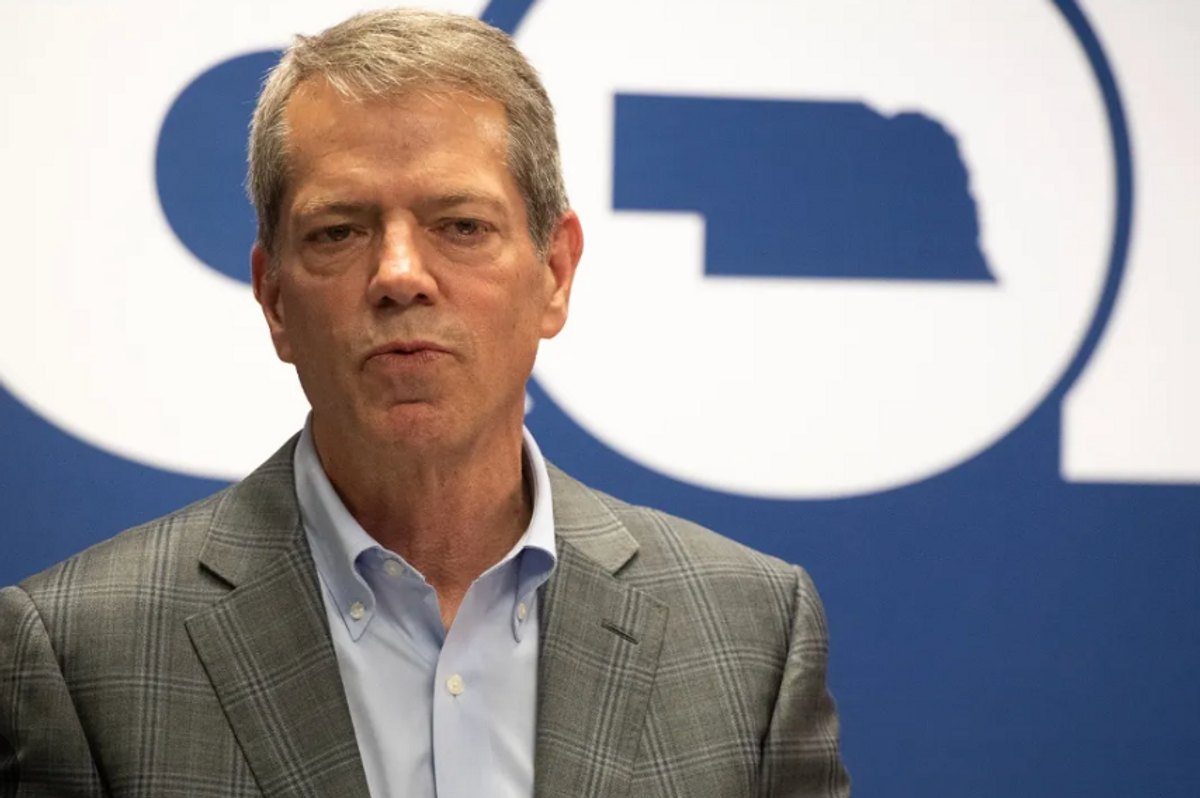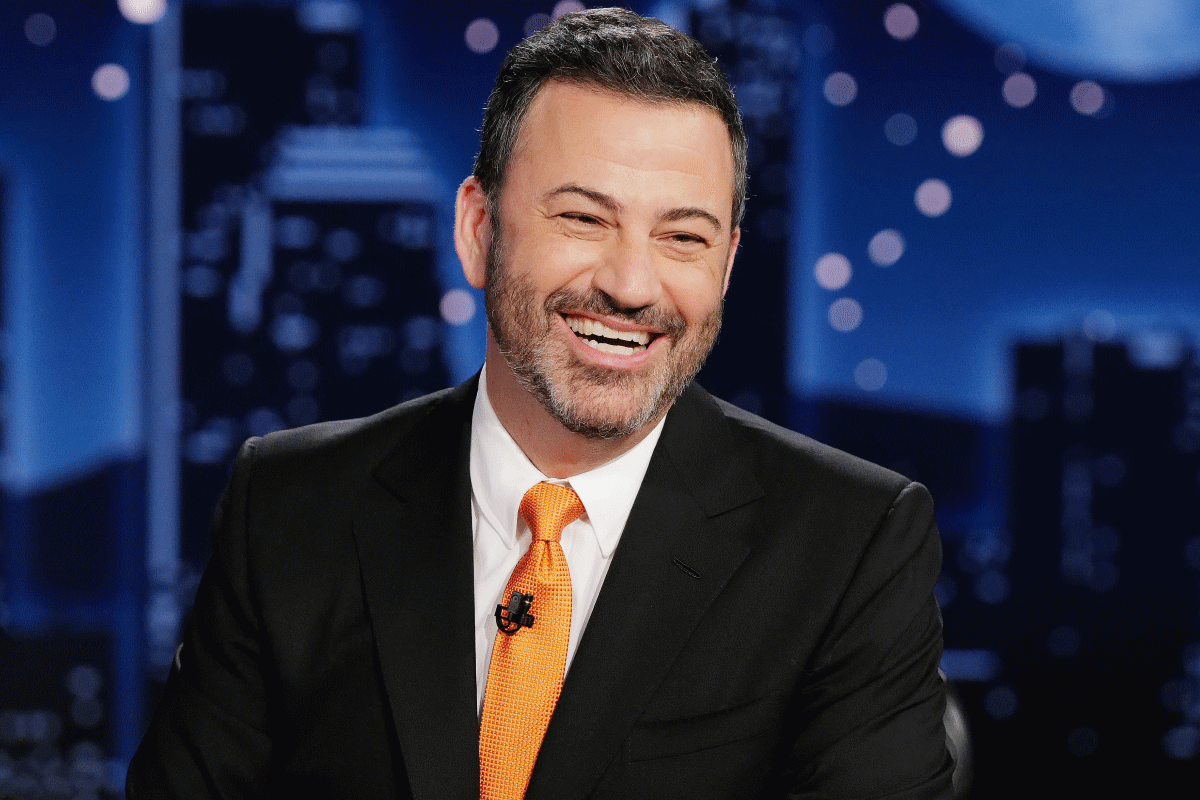
A documentary that Donald Trump, the Republican frontrunner, killed 25 years ago with threats of litigation is now available for all to view on the Internet.
Trump: What’s The Deal? paints a powerful and disturbing picture of a financial Dorian Gray whose public image bears little resemblance to his conduct away from the cameras, including hiring actors for $50 each to applaud at his campaign announcement.
In public, Donald Trump presents himself as a businessman so skilled his deals are an art form. The 80-minute documentary peels back this façade. Hidden from public view, the documentary shows Trump manipulating politicians and the criminal justice system, pocketing millions in taxpayer welfare, not paying people he hired, doing some of his biggest deals with mobsters, retaining a cocaine dealer as his helicopter pilot, and evidently benefiting from having his sister working in the Justice Department before winning appointment as a federal judge. Former advisors and employees describe furious tirades that no one, not even his family, could escape.
The documentary film reveals how Donald Trump repeatedly engaged in questionable conduct — such as intimidating tenants of a Manhattan building he wanted to empty — but drew little attention from law enforcement. One top city official says on camera that Mayor Abe Beame, a childhood pal of Trump’s father Fred, instructed him that Donald Trump was to get whatever he wanted from city government.
The documentary also delves into Trump family values — a matter presumably of deep interest to conservative Republicans, many of whom tell pollsters they want the casino mogul to be America’s next president.
Trump carried on a five-year affair with Marla Maples, and then sought not just to publicly humiliate his first wife Ivana, but also to profit from her humiliation. Ivana Trump appears in the film. “If you’re good to him, he’s incredible,” she tells the camera. “If you’re bad to him, you’re dead.” That interview was filmed back when Ivana testified in court proceedings that Trump had not touched her in 16 months, but one night flew into a rage, tore clumps of hair from her head and then “raped” her, a word she later said was not meant to imply criminality.
Libby Handros, one of the filmmakers, said she decided to post the documentary and its trailer because she believed that as a presidential candidate, Trump required public examination.
“When we began working on this film in 1988, Donald was at the top of his game,” says Handros. “We were among the first to wonder: Was he really worth as much as he said he was? We found out that he wasn’t. That scared him, and his lawyers went to work threatening broadcasters and distributors. They all caved in and no one would touch the film. He effectively suppressed it.”
Handros notes that “this is the same man who is running for president, who says he wants ‘to preserve, protect and defend the Constitution,’ yet he seems not to have read the First Amendment. Thank heavens for the Internet: Now we can release the film on our own.”
The film was written by Jesse Kornbluth, author and former Vanity Fair writer. It was produced by Handros, Al Levin, and the late Ned Schnurman – who pioneered broadcast media criticism in 1981 with a weekly PBS program called Inside Story.
Until now, the film had been shown only four times. The first two audiences totaled about 70 people, including me. The two other showings occurred in Bridgehampton, Long Island at the Community Center on July 3, 1991. More than a thousand people turned out, with many sitting in the aisles as fire marshals watched and police directed traffic outside.
I spotted only two flaws in the film. One was bollixing a subtle financial detail. The other was the unqualified assertion that among news organizations, “no one asked the hard questions,” even though Wayne Barrett in The Village Voice and this reporter, in The Philadelphia Inquirer, did just that.
The documentary film shows how greed, hubris and mistakes humbled Trump, ever so briefly, 25 years ago. It also examines his lack of real friends, and shows that both the old money crowd in Palm Beach and some of America’s leading entertainers, including Jerry Seinfeld and the late Christopher Reeve, found him oleaginous.
Reeve describes Trump’s efforts to build the world’s tallest building, which would have cast long shadows over the Upper West Side of New York and Central Park, as “the American dream gone berserk.”
The documentary film’s opening narration explains the reasons for making it available now, a quarter-century after Trump’s threats of litigation kept it from being broadcast: “We think it’s time for you to see it — because the old Trump and the new Trump are the same Trump.”
1.) The trailer:
2.) The film:
TRUMP: WHAT’S THE DEAL?from The Press and the Public Project on Vimeo.
Photo: U.S. Republican presidential candidate Donald Trump speaks at the Family Leadership Summit in Ames, Iowa, United States, July 18, 2015. REUTERS/Jim Young


